What is geology?
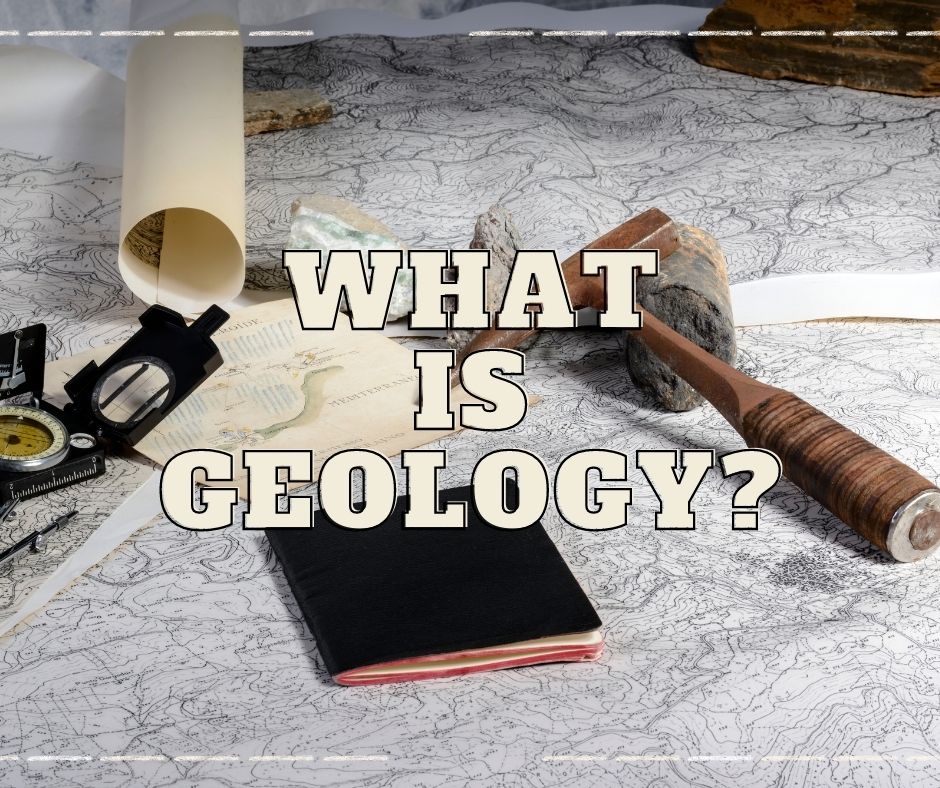
Geology: The Science of Earth
The subject of this text is geology, from the Greek geo (Earth) and logos (discourse).
Geology is the science that pursues an understanding of planet Earth. Understanding Earth is challenging because our planet is a dynamic body with many interacting parts and a complex history. Throughout its long existence, Earth has been changing.
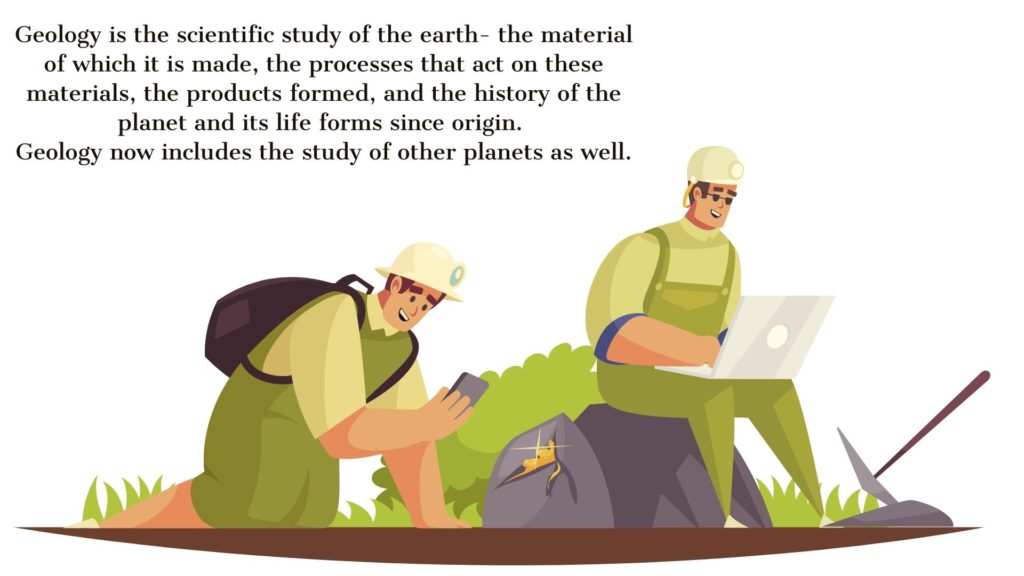
In fact, it is changing as you read this page and will continue to do so. Sometimes the changes are rapid and violent, as when landslides or volcanic eruptions occur. Just as often, change takes place so slowly that it goes unnoticed during a lifetime. Scales of size and space also vary greatly among the phenomena that geologists study. Sometimes geologists must focus on phenomena that are microscopic, such as the crystalline structure of minerals, and at other times they must deal with processes that are continental or global in scale, such as the formation of major mountain ranges.
The Birth of Modern Geology
Against the backdrop of Aristotle’s views and a conception of an Earth created in 4004 b.c.e., a Scottish physician and gentleman farmer, James Hutton, published Theory of the Earth in 1795. In this work, Hutton put forth a fundamental principle that is a pillar of geology today: uniformitarianism. It states that the physical, chemical, and biological processes that operate today have also operated in the geologic past. This means that the forces that we observe presently shaping our planet have been at work for a very long time.
Thus, to understand ancient rocks, we must first understand present-day processes and their results. This idea is commonly stated as the present is the key to the past.
Prior to Hutton’s Theory of the Earth, no one had effectively demonstrated that geologic processes occur over extremely long periods of time. However, Hutton persuasively argued that seemingly small forces can, over long spans of time, produce effects that are just as great as those resulting from sudden catastrophic events. Unlike his predecessors, Hutton carefully cited verifiable observations to support his ideas.
For example, when Hutton argued that mountains are sculpted and ultimately destroyed by weathering and the work of running water, and that their waste materials are carried to the oceans by observable processes, he said, “We have a chain of facts which clearly demonstrate . . . that the materials of the wasted mountains have traveled through the rivers”; and further, “There is not one step in all this progress . . . that is not to be actually perceived.” He then summarized this thought by asking a question and immediately providing the answer: “What more can we require? Nothing but time.”
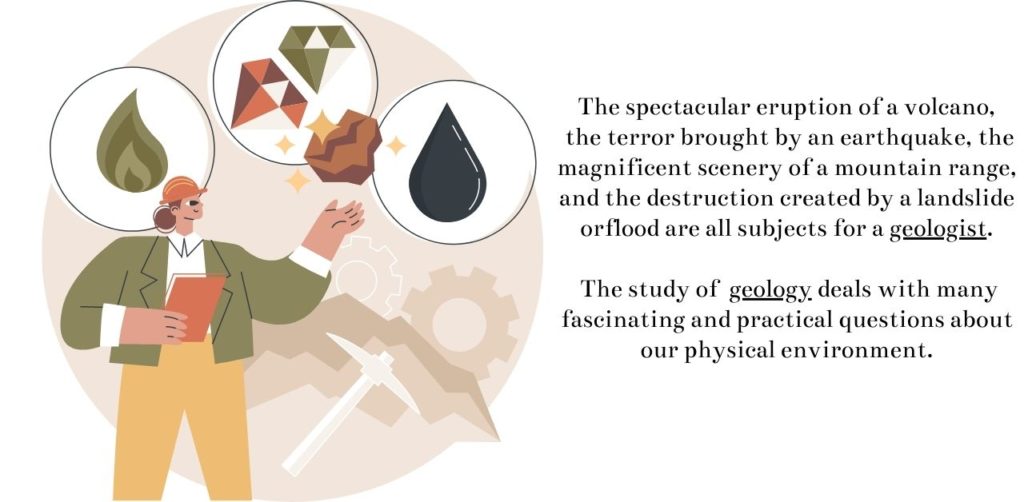
Physical and Historical Geology
Geology is traditionally divided into two broad areas— physical and historical. Physical geology, examines the materials composing Earth and seeks to understand the many processes that operate beneath and upon its surface. The aim of historical geology, on the other hand, is to understand Earth’s origins and its development through time.
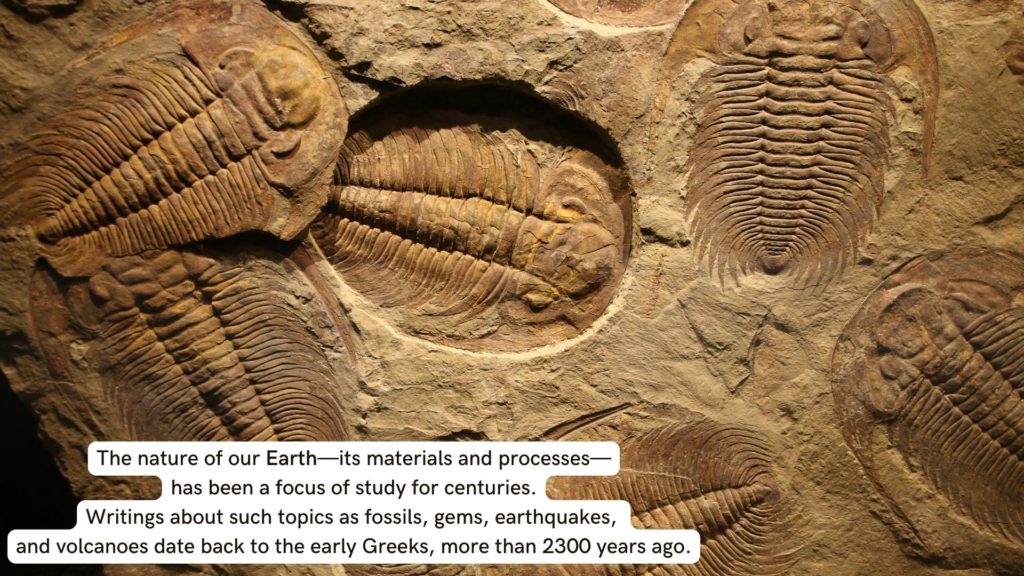
Thus, it strives to establish an orderly chronological arrangement of the multitude of physical and biological changes that have occurred in the geologic past. The study of physical geology logically precedes the study of Earth history because we must first understand how Earth works before we attempt to unravel its past. It should also be pointed out that physical and historical geology are divided into many areas of specialization.
What are some subdivisions of geology?
| Economic geology |
| Environmental geology |
| Geochemistry |
| Geomorpholoqy |
| Geophysics |
| Glacial Geoloqy |
| Hydrology |
| Limno qeology |
| Marine geology |
| Paleontoloqy |
| Petroleum geology |
| Planetology |
| Volcanology |

Geology is perceived as a science that is done outdoors—and rightly so. A great deal of geology is based on observations, measurements, and experiments conducted in the field. But geologists also work in the laboratory, where, for example, their analysis of minerals and rocks provides insights into many basic processes and the microscopic study of fossils unlocks clues to past environments . Geologists must also understand and apply knowledge and principles from physics, chemistry, and biology. Geology is a science that seeks to expand our knowledge of the natural world and our place in it.
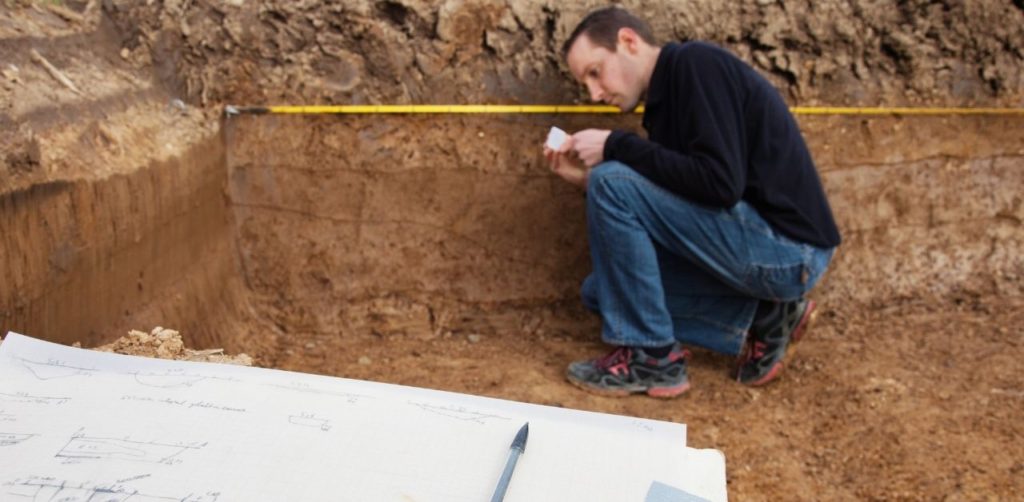
Geology, People, and the Environment
Natural hazards are a part of living on Earth. Every day they adversely affect millions of people worldwide and are responsible for staggering damages. Among the hazardous Earth processes that geologists study are volcanoes, floods, tsunamis, earthquakes, and landslides. Of course, geologic hazards are natural processes. They become hazards only when people try to live where these processes occur.

Geology Today
Today the basic tenets of uniformitarianism are just as viable as in Hutton’s day. Indeed, we realize more strongly than ever before that the present gives us insight into the past and that the physical, chemical, and biological laws that govern geologic processes remain unchanging through time. However, we also understand that the doctrine should not be taken too literally. To say that geologic processes in the past were the same as those occurring today is not to suggest that they have always had the same relative importance or that they have operated at precisely the same rate. Moreover, some important geologic processes are not currently observable, but there is well-established evidence that they occur. For example, we know that Earth has experienced impacts from large meteorites even though we have no human witnesses to those impacts. Nevertheless, such events have altered Earth’s crust, modified its climate, and strongly influenced life on the planet.
Acceptance of uniformitarianism meant the acceptance of a very long history for Earth. Although Earth processes vary in intensity, they still take a very long time to create or destroy major landscape features. The Grand Canyon provides a good example.
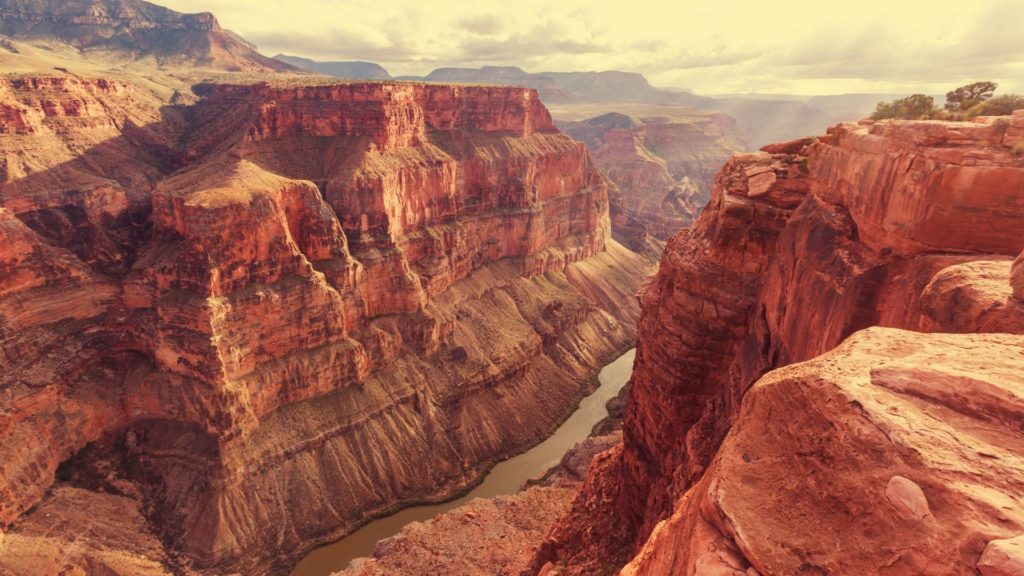
The rock record contains evidence showing that Earth has experienced many cycles of mountain building and erosion. Concerning the ever-changing nature of Earth through great expanses of geologic time, Hutton famously stated in 1788: “The results, therefore, of our present enquiry is, that we find no vestige of a beginning— no prospect of an end.”
How can I get started in geology?
There are a number of ways to get started in geology. First and foremost and the most fun is to get outside and look at the local rocks and landscapes near you. The list goes on from there: Observe the geology around you on trips. Start your own rock, mineral, fossil, and/or gem collection. Join local geology or gem and mineral club. Take an introductory Earth science course. Visit geology exhibits at natural history museums, colleges, and universities. Read some of the many books and magazines on the subject. Watch nature programs on television that feature geology that take you to remote places and feature exotic phenomena. And finally, surf the Internet for the almost overwhelming amount of information on geology, ranging from live webcams of active volcanoes to virtual tours of natural history museums around the world.
The Magnitude of Geologic Time
Among geology’s important contributions to human knowledge is the discovery that Earth has a very long and complex history. Although Hutton and others recognized that geologic time is exceedingly long, they had no methods to accurately determine the age of Earth. Early time scales simply placed the events of Earth history in the proper sequence or order, without knowing how long ago in years they occurred.
Today our understanding of radioactivity—and the fact that rocks and minerals contain certain radioactive isotopes having decay rates ranging from decades to billions of years—allows us to accurately determine numerical dates for rocks that represent important events in Earth’s distant past.
For example, we know that the dinosaurs died out about 65 million years ago. Today geologists put the age of Earth at about 4.6 billion years.
The concept of geologic time is new to many nongeologists. People are accustomed to dealing with increments of time measured in hours, days, weeks, and years. History books often examine events over spans of centuries, but even a century is difficult to appreciate fully. For most of us, someone or something that is 90 years old is very old, and a 1000-year-old artifact is ancient.
By contrast, geologists must routinely deal with vast time periods—millions or billions (thousands of millions) of years. When viewed in the context of Earth’s 4.6 billion-year history, a geologic event that occurred 100 million years ago may be characterized as “recent” by a geologist, and a rock sample that has been dated at 10 million years may be called “young.”
An appreciation for the magnitude of geologic time is important in the study of geology because many processes are so gradual that vast spans of time are needed before significant changes occur. How long is 4.6 billion years? If you were to begin counting at the rate of one number per second and continued 24 hours a day, 7 days a week and never stopped, it would take about two lifetimes (150 years) to reach 4.6 billion!
Geology in civil engineering
Any building project requires geological input to a greater or lesser degree at some stage. The building materials themselves require to have the appropriate strength for the purpose, and all major building work should be preceded by a survey to ensure that the ground conditions are suitable for the type and scale of the building in question.
The preliminary survey may employ both traditional geological and indirect geophysical methods designed to determine the type of rock, its strength and permeability, and the existence of any fractures or areas of weaker rock that may affect the overall strength. A series of boreholes may be drilled to provide more detailed information.
Where there is a cover of superficial deposits, the depth to bedrock is one of the more obvious concerns. The criteria used to determine the suitability of the site depend on the size and nature of the structure: the foundations of a large heavy structure are obviously more critical than those, say, of an ordinary dwelling house.
The strength of the rock material is of critical importance and much effort is devoted to measurement and testing of the various rock types encountered. The most suitable rock types for foundations are crystalline igneous or metamorphic rocks, limestones and most sandstones. Clays and shales are less suitable because they are weaker, and are susceptible to expansion when wet and shrinkage when dry. Faults and heavily fractured or jointed rock must either be avoided, or dealt with by stabilisation with cement (grouting) for example.
Dams and tunnels require particularly careful geological preparation, as do road and railway construction where artificially steep slopes are needed, such as embankments and cuttings. The design of dams is vitally important because of the potentially catastrophic results of failure. Dams in narrow, steepsided valleys are preferred because of the large ratio of water volume to surface area in the reservoir. However, because of the enormous weight of the water behind the dam, the strength of the structure is critical and must depend heavily on the suitability of the ground geology. Any rock type or structure that could allow water to leak through the dam, or to otherwise destabilise it, must be avoided.
Since many valleys follow faults, these must always be a potential problem; not only because they are a source of weakness but also because of the danger of earthquakes. Tunnels need protection from rock falls or water ingress where they cross faults or poorly consolidated rock, for example, by lining with concrete. Unstable slopes are often created during road or railway construction and must be stabilised by various means, such as terracing, or building retaining walls, or enclosing in wire netting. The geological environment of such oversteepened slopes is therefore important. For example, the cutting of slopes across bedding that dips down-slope should be avoided because of the danger of rock masses slipping down bedding planes.
Questions and answers that will interest you.
Visit our Wiki page.
